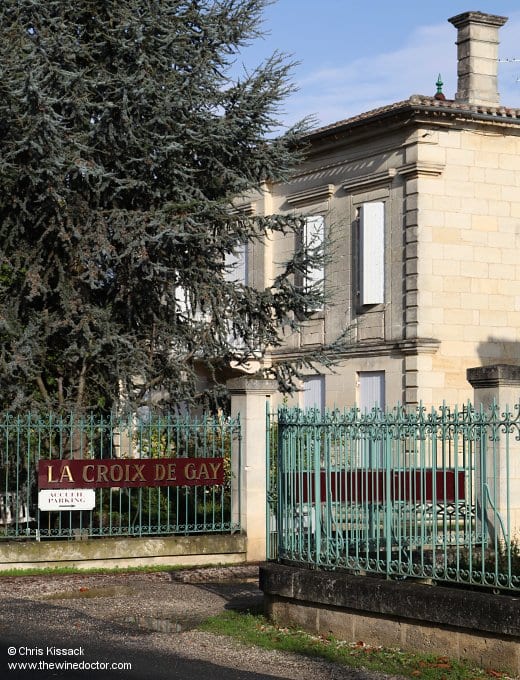Château La Croix de Gay
Just along the road from Château Le Gay, in the northern reaches of the Pomerol appellation, lie the twin estates of Château La Croix de Gay and Château la Fleur de Gay. They are hard to miss; sitting at the roadside in the hamlet of Pignon the two châteaux proudly declare themselves with large signs that hang, almost facing one another, on the iron railings that surround each of the buildings.
Their story is somewhat unusual; that of Château La Fleur de Gay in particular seems to have the power to confuse. This estate, erroneously considered a super-cuvée by some, is in fact nothing of the sort. Although cleaved from Château La Croix de Gay just as Eve was cleaved from Adam, today this is a distinct wine coming from a distinct terroir which deserves separate treatment.
As for Château La Croix de Gay, this estate is unusual in that, having grown in size in a piecemeal fashion over the years, the vineyard is once again a tiny one, amounting to barely a few hectares. This contraction was the result of one family member, a well-known gentleman named Alain Raynaud, selling off his half of the domaine, seemingly the culmination of years of dispute between him and other family members. But this is recent history; before we come to these new developments, I will take a look first at the origins of the domaine, and how it has evolved in the last two centuries.

